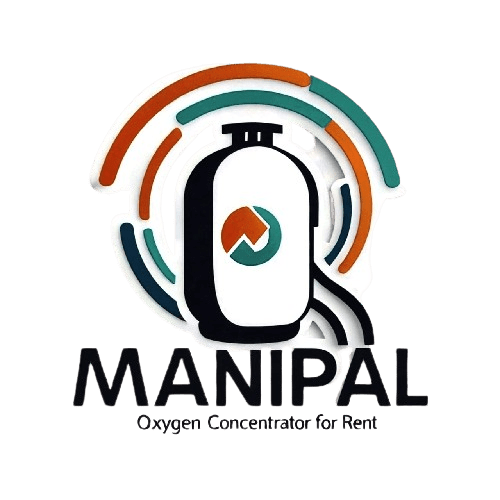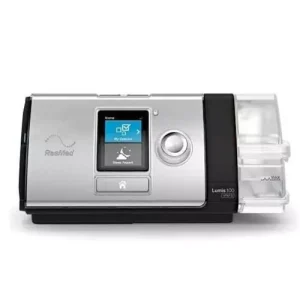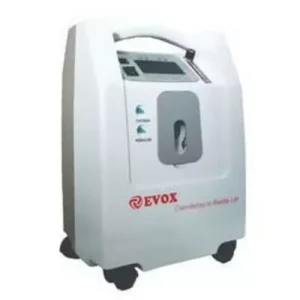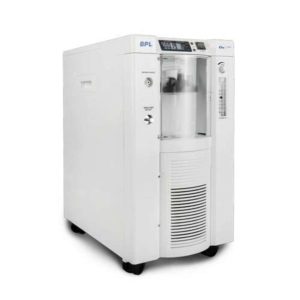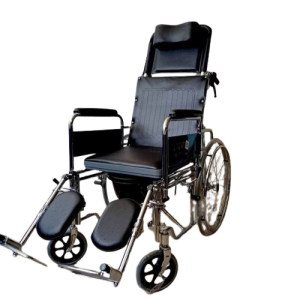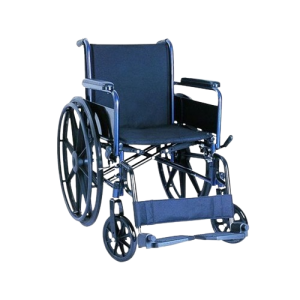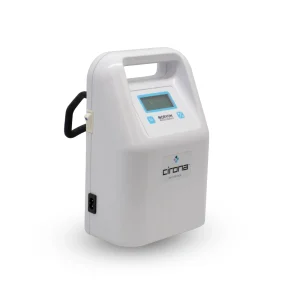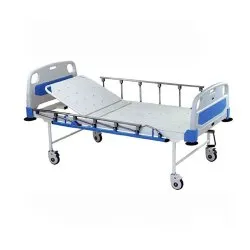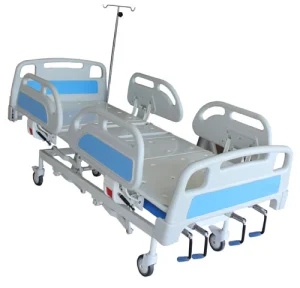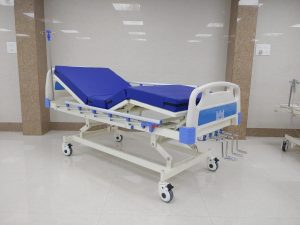- By Admin
- August 6, 2024
Cardiac Monitor For Rent
Amount : ₹ 4000/ Per Month
 Description
Description
A cardiac monitor is a medical device used to continuously observe and record the electrical activity of the heart. It is essential for diagnosing, monitoring, and managing various heart conditions, such as arrhythmias, myocardial infarction, and other cardiac disorders. Cardiac monitors are used in hospitals, clinics, and sometimes at home, providing critical data that helps healthcare professionals make informed decisions about patient care.
Features
- Types of Cardiac Monitors:
- Holter Monitors: Portable devices worn for 24-48 hours to record continuous heart activity.
- Event Monitors: Portable devices used to record heart activity during specific events or symptoms.
- Continuous Cardiac Monitors: Used in hospitals for real-time monitoring of patients’ heart activity.
- Implantable Loop Recorders: Small devices implanted under the skin for long-term monitoring.
- Monitoring Capabilities:
- ECG/EKG Recording: Captures and records the electrical activity of the heart through electrocardiograms (ECG or EKG).
- Real-Time Monitoring: Provides continuous, real-time data on heart activity.
- Multi-Lead Monitoring: Monitors multiple leads (electrodes) for comprehensive heart activity analysis.
- Display and Interface:
- Digital Display: High-resolution screen to display heart rate, rhythm, and other vital signs.
- Touchscreen Interface: User-friendly interface for easy operation and data review.
- Data Storage and Transmission:
- Internal Memory: Stores recorded data for later review and analysis.
- Data Transmission: Capable of transmitting data to healthcare providers via wireless or wired connections for remote monitoring.
- Cloud Integration: Some models integrate with cloud-based systems for easy data access and management.
- Alerts and Notifications:
- Alarm Systems: Built-in alarms to alert healthcare providers of abnormal heart activity, such as arrhythmias or cardiac arrest.
- Customizable Alerts: Configurable alert settings for specific patient needs and thresholds.
- Portability and Wearability:
- Compact Design: Lightweight and portable designs for patient mobility and comfort.
- Wearable Options: Comfortable straps or adhesive patches for easy wearability during daily activities.
- Power Supply:
- Rechargeable Batteries: Long-lasting batteries for extended monitoring periods.
- Battery Life Indicator: Display of remaining battery life to ensure uninterrupted monitoring.
- Connectivity:
- Bluetooth and Wi-Fi: Wireless connectivity options for seamless data transfer and integration with other medical devices.
- USB Ports: For direct data transfer and charging.
- Software and Analysis Tools:
- Analysis Software: Advanced software for analyzing recorded data and generating detailed reports.
- Integration with EHR: Compatibility with Electronic Health Record (EHR) systems for comprehensive patient management.
- Patient Comfort and Safety:
- Non-Invasive Monitoring: Comfortable, non-invasive electrodes and sensors for continuous use.
- Safety Features: Designed to be safe for all patients, including those with implanted devices like pacemakers.
- Regulatory Compliance:
- FDA Approval: Many cardiac monitors are FDA-approved or comply with equivalent regulatory standards.
- ISO Certification: Compliance with international standards for medical device safety and quality.
- Additional Features:
- Remote Access: Enables healthcare providers to access and review data remotely.
- Customizable Settings: Adjustable settings for different monitoring parameters and patient needs.
- Holter and Event Monitor Integration: Some devices can switch between Holter and event monitoring modes for versatile use.
A cardiac monitor is an indispensable tool for continuous heart monitoring, offering a range of features that ensure accurate, real-time data collection and analysis. It plays a crucial role in the early detection and management of cardiac conditions, enhancing patient care and outcomes.
